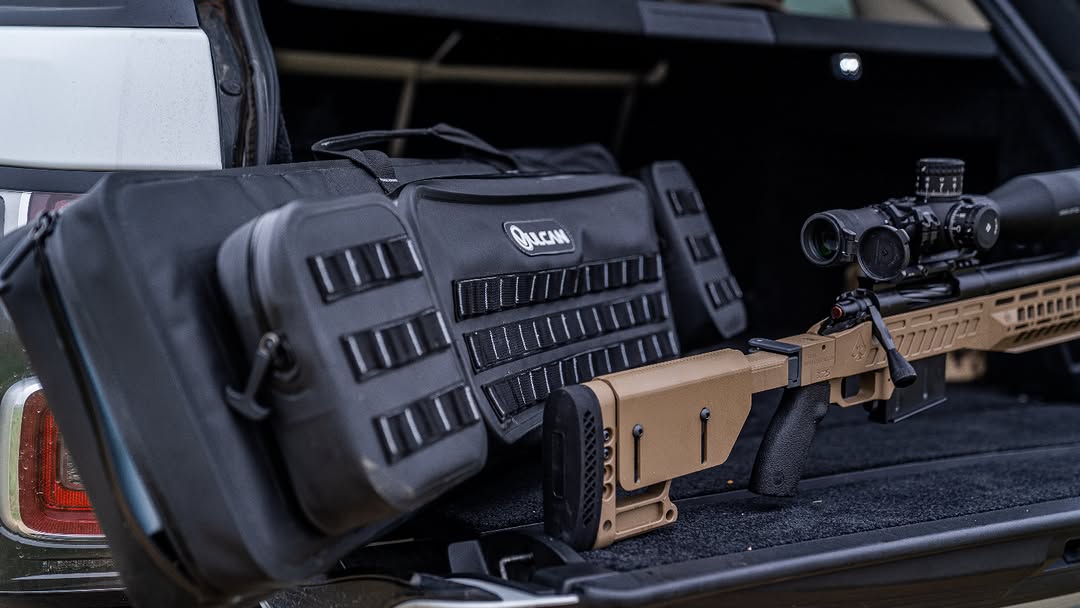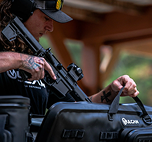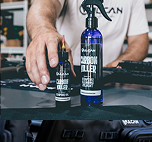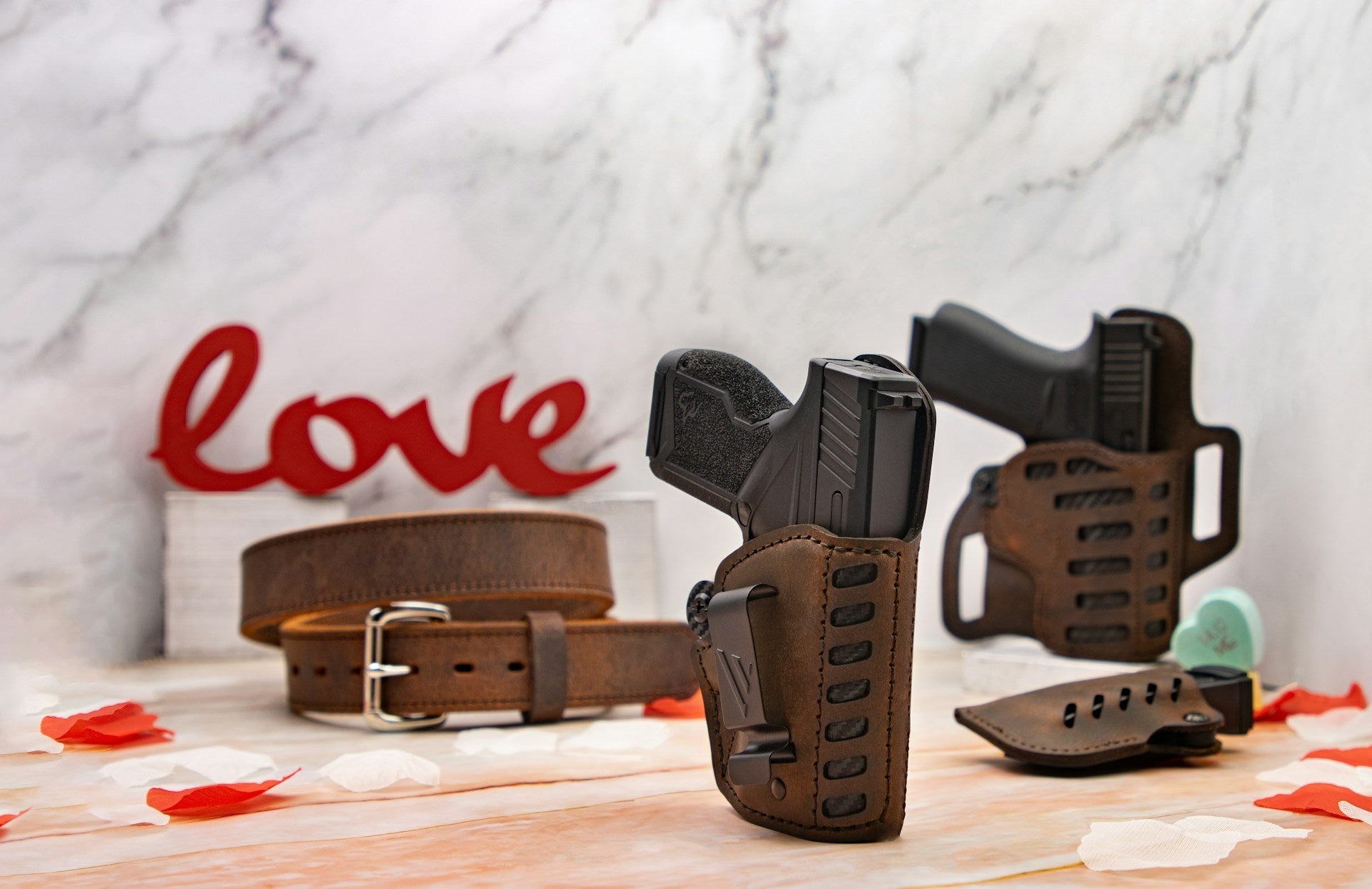Getting a new quick-draw pistol holster feels great. It’s a solid step toward carrying more confidently and being more prepared when it matters. But like a good pair of boots, a quick-draw holster doesn’t usually fit just right straight out of the package. It needs some time and attention before it feels like second nature on your side. A stiff holster can slow you down, cause discomfort, or even change how well your firearm stays in place. Taking the time to break it in properly can make a noticeable difference in how it performs.
A lot of folks run into issues early on and think their holster is flawed. They might struggle with slow draws, rubbing, or the holster holding their pistol a little too tight. These are normal growing pains. Getting past them takes a little patience and the right approach instead of trying to force things. Whether you carry daily or just need it for certain situations, a broken-in holster can give you a smoother draw and more comfort day to day.
Understanding Your Quick-Draw Holster
Before getting into the break-in steps, it's helpful to know exactly what you're working with. Quick-draw holsters are made for speed but also need to hold your handgun securely until the moment you draw. This balance is built into the design—tight edges, molded grip areas, and rigid or semi-rigid materials are all used to give it the right mix of hold and release.
Most quick-draw holsters are made using kydex, polymer, or a stiff synthetic blend. These materials are shaped to fit specific firearm profiles and stay durable after repeated use. That said, they can feel stiff and snug at first. A tight holster may not release your pistol easily, or it might seem too firm around the trigger guard. Other times, users find it sits awkwardly on their hip or shifts a little more than they expect.
The first thing you can do is get to know your holster set-up. Check how it fits on your belt and where it sits on your waistline. You’ll want to know how much resistance there is when you insert or draw your pistol. Comfort is another thing to consider—does it pinch, shift, or press hard into your side?
Here are a few things to check as you get familiar with your holster:
- Fit of the pistol: Does it slide in or does it stick?
- Retention strength: Can you hold the holster upside down without the pistol falling out?
- Draw speed and angle: Are you able to draw quickly and smoothly?
- Wear comfort: Any part of it digging into your waist or hip?
Spending a little time learning these details will help make the break-in smoother and reduce the guesswork. You’ll be able to make improvements without creating new problems.
Steps to Break In Your Holster
Getting your quick-draw holster broken in doesn’t take anything special, just time and a few practical steps. One of the best starting points is to wear your holster regularly—without the firearm—for short periods around the house. This lets your body and the holster naturally shape to each other without the added pressure of a handgun.
Once it feels okay against your body, insert your unloaded firearm and leave it in the holster for a few hours at a time over several days. This helps the holster start forming more precisely around the shape of your handgun. Some choose to wrap their pistol in a soft cloth or use a breakout sleeve if the fit is extremely tight at first. This isn’t always necessary but can help speed things up.
The next key step is practicing your draw. Repeating a smooth draw-and-reholster motion builds muscle memory and highlights any sticky spots or angles that feel off. Start slow and increase your speed over time while staying deliberate with your movements. Pay attention to how the gun exits the holster—if it snags, where does it catch? Does the holster shift during the draw?
Here’s a quick rundown of break-in techniques:
1. Wear the empty holster around the house to let it contour to your body.
2. Insert your (unloaded) handgun and let it sit in the holster when not in use.
3. Practice slow and repeated draw/reholster movements.
4. Adjust your carry position slightly to test comfort and performance.
5. If needed, tweak retention screws (if your holster has them) for better fit.
Taking these steps gradually will help you avoid frustrations and get your gear working with you instead of against you.
Maintaining Your Quick-Draw Holster
Once your holster feels broken in, you want to keep it that way. Like any gear you rely on, it needs regular upkeep. Dust, grime, sweat, and daily wear can collect and slowly reduce its effectiveness.
Cleaning your holster doesn’t take long. Use a damp cloth with a mild soap for the outer shell. Avoid harsh cleaners or alcohol-based products since they can damage the holster material or change how it grips your firearm. For the inside, removing dust and debris is just as important. Use a dry toothbrush or small vacuum attachment for areas that are hard to reach.
If your holster is leather or contains any leather blend parts, conditioning it every few months can help prevent cracking or warping. For non-leather versions, simply checking for stretch or stress marks is a good practice.
Don’t forget to regularly check tension screws or any hardware to make sure nothing is working itself loose after repeated use. Taking five minutes once a week spot-checking your holster can go a long way in terms of safety and performance.
Here’s a simple routine to maintain your holster:
1. Wipe exterior with damp cloth and mild soap once a week.
2. Use soft tools or a vacuum to clean the interior lining.
3. Apply leather conditioner every few months if applicable.
4. Inspect and re-tighten any screws or adjustment clips.
5. Store your holster in a clean, dry place when not in use.
You’ll get more life and better function from your holster when it’s kept clean and checked regularly.
Common Mistakes to Avoid
Some people try to rush the process or make changes that do more harm than good. Knowing what not to do is just as helpful as learning the correct steps.
Here are some common missteps that can cause problems:
- Skipping the wear-in phase: Jumping into long carry days too quickly without easing into the fit can cause discomfort or unnecessary stress on the material.
- Not adjusting retention screws: Many forget or don’t realize their holster has retention adjustments. Ignoring these can result in poor fit or slower draw times.
- Improper cleaning practices: Using rough materials or alcohol-based products can damage your holster's look or structure.
- Overheating: Leaving your holster in direct sunlight or a hot vehicle for long periods can warp the shape or mess with retention.
- Forcing a firearm in or out: Trying to draw too fast before it's ready can lead to stress points or breaking the holster down faster than normal.
Being aware of these simple issues can help keep your gear in working shape and avoid setbacks right from the beginning.
Keeping Your Holster Ready with VULCAN Arms
After breaking it in and building a habit around maintenance, your holster should feel more like an extension of how you operate. A dependable quick-draw pistol holster makes all the difference in how comfortable and ready you feel each day. Keeping it tuned up, clean, and familiar gives you confidence every time you wear it.
From smoothing out the initial stiffness to routine checks, building a relationship with your gear is part of staying ready. That kind of attention doesn’t just keep your holster lasting longer, it makes it more reliable when situations count. With the right setup and smart practices, you’ll have a holster that feels just right and performs when it needs to.
To get the most out of your carry setup, consistent attention and proper support gear go a long way. At VULCAN Arms, we offer tools designed to help you stay prepared every day. If you’re looking for added reliability and smoother performance, explore accessories that work hand in hand with your quick-draw pistol holster and keep your setup working the way it should.









Share:
Addressing Leaks in Your Pistol Case
Advantages of Waterproof Gun Cases for Outdoor Use